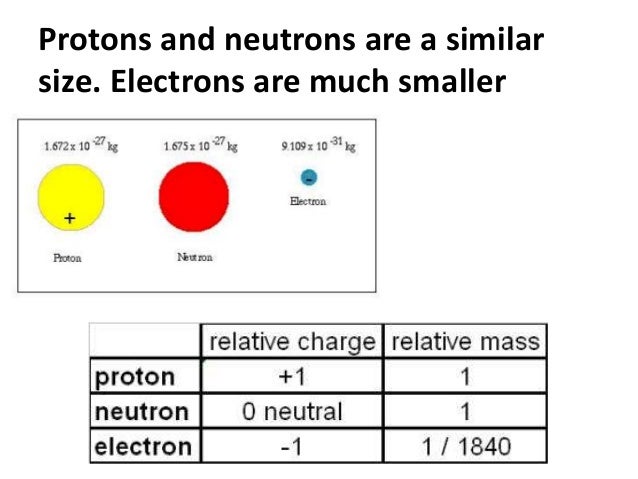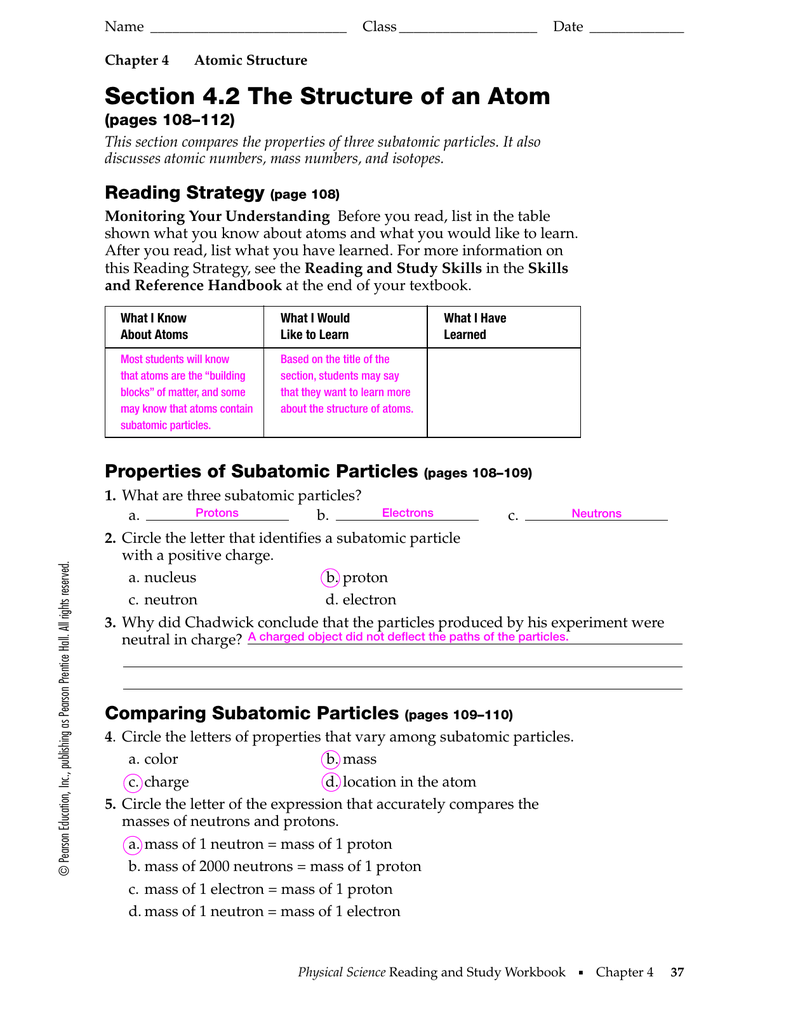Unveiling the Elusive Size of an Electron: A Quantum Mystery

The electron, a fundamental particle in our universe, has long been a subject of fascination and inquiry. Despite its ubiquitous presence in atoms and its crucial role in chemistry, physics, and technology, the size of an electron remains a quantum mystery. This tiny particle defies classical measurement, leading scientists to explore its properties through the lens of quantum mechanics. Understanding the electron's size is not just an academic pursuit; it has implications for advancements in electronics, materials science, and even our understanding of the cosmos. (electron size, quantum mechanics, particle physics)
The Quantum Nature of Electrons

Electrons are governed by the rules of quantum mechanics, which differ drastically from classical physics. In the quantum world, particles do not have a definite position or size until measured. Instead, they exist as probability clouds, described by wave functions. This inherent uncertainty makes determining the size of an electron a complex task. Scientists often describe electrons in terms of their charge distribution or interaction with other particles rather than a fixed dimension. (quantum mechanics, probability clouds, wave functions)
Classical vs. Quantum Measurement
In classical physics, measuring the size of an object is straightforward. However, electrons refuse to conform to such simplicity. When probed at extremely small scales, electrons exhibit both particle-like and wave-like behaviors, complicating direct measurement. Experiments, such as those using scattering techniques, provide insights into their behavior but do not yield a definitive size. This duality is a cornerstone of quantum mechanics and underscores the challenge of defining the size of an electron. (classical physics, scattering techniques, particle-wave duality)
Experimental Approaches to Measuring Electron Size

Scientists employ various techniques to probe the size of an electron, each offering unique perspectives. One common method involves studying how electrons interact with electromagnetic fields. Another approach uses quantum electrodynamics (QED), a theoretical framework that predicts electron behavior with remarkable precision. Despite these advancements, the results often point to an electron having a point-like structure, meaning it has no measurable size within current experimental limits. (quantum electrodynamics, point-like structure, electromagnetic fields)
The Role of the Compton Wavelength
A key concept in understanding the size of an electron is the Compton wavelength. This value, derived from the electron's mass and the speed of light, provides a natural scale for its interactions. While not a direct measure of size, the Compton wavelength hints at the electron's spatial extent. It is a fundamental constant in physics and plays a crucial role in quantum field theory. (Compton wavelength, quantum field theory, fundamental constants)
Implications of an Elusive Electron Size

The inability to pin down the size of an electron has profound implications. It reinforces the limits of classical intuition and highlights the power of quantum mechanics. This mystery also drives innovation in experimental techniques and theoretical frameworks. For instance, understanding electron behavior is essential for developing quantum computing technologies, where controlling electrons at the quantum level is key. (quantum computing, experimental techniques, theoretical frameworks)
Electron Size in Everyday Technology
While the size of an electron may seem abstract, it has tangible impacts on technology. From semiconductors in computers to batteries in smartphones, electron behavior is central to modern devices. Advances in materials science often rely on understanding how electrons interact at atomic scales. Thus, unraveling the electron's mysteries could lead to breakthroughs in efficiency and performance. (semiconductors, materials science, electron behavior)
📌 Note: The size of an electron remains undefined due to its quantum nature, but its properties are crucial for technological advancements.
The size of an electron remains one of the most intriguing puzzles in physics. Governed by quantum mechanics, electrons defy classical measurement, existing as probability clouds rather than discrete objects. Experimental techniques, such as scattering and quantum electrodynamics, offer insights but confirm a point-like structure. This mystery not only deepens our understanding of the quantum world but also drives innovation in technology and science. (electron size, quantum mechanics, technological advancements)
What is the size of an electron?
+The size of an electron is not definitively known due to its quantum nature. It is often described as point-like, with no measurable dimensions within current experimental limits. (electron size, point-like structure)
Why is measuring electron size difficult?
+Measuring electron size is challenging because electrons exhibit both particle-like and wave-like behaviors, making them impossible to localize precisely. Quantum mechanics governs their properties, adding complexity to measurement. (quantum mechanics, particle-wave duality)
How does electron size impact technology?
+Understanding electron behavior, even without a defined size, is crucial for technologies like semiconductors, batteries, and quantum computing. It influences material properties and device performance. (semiconductors, quantum computing)


